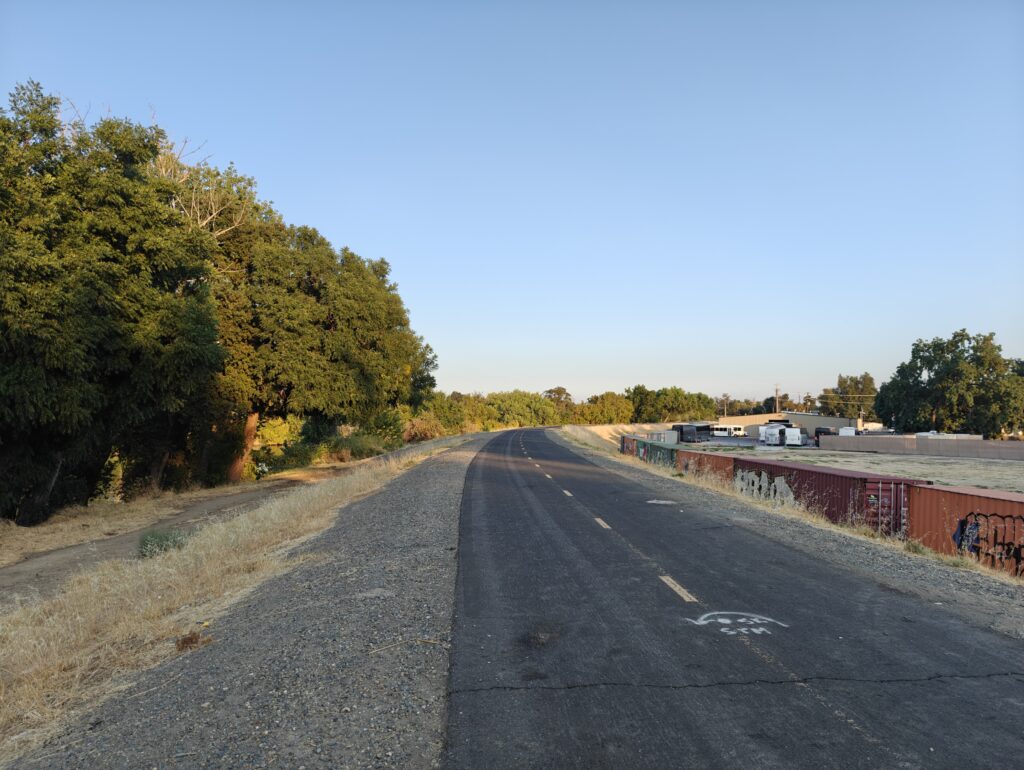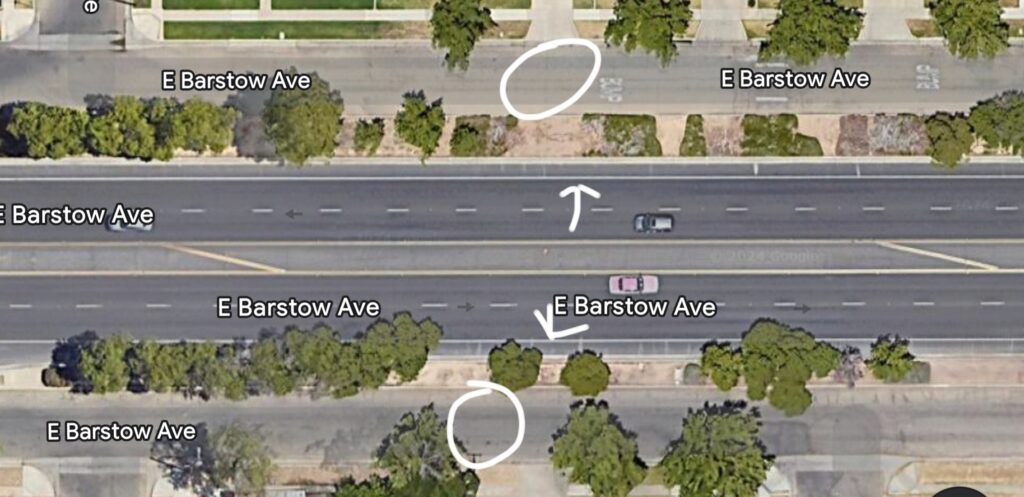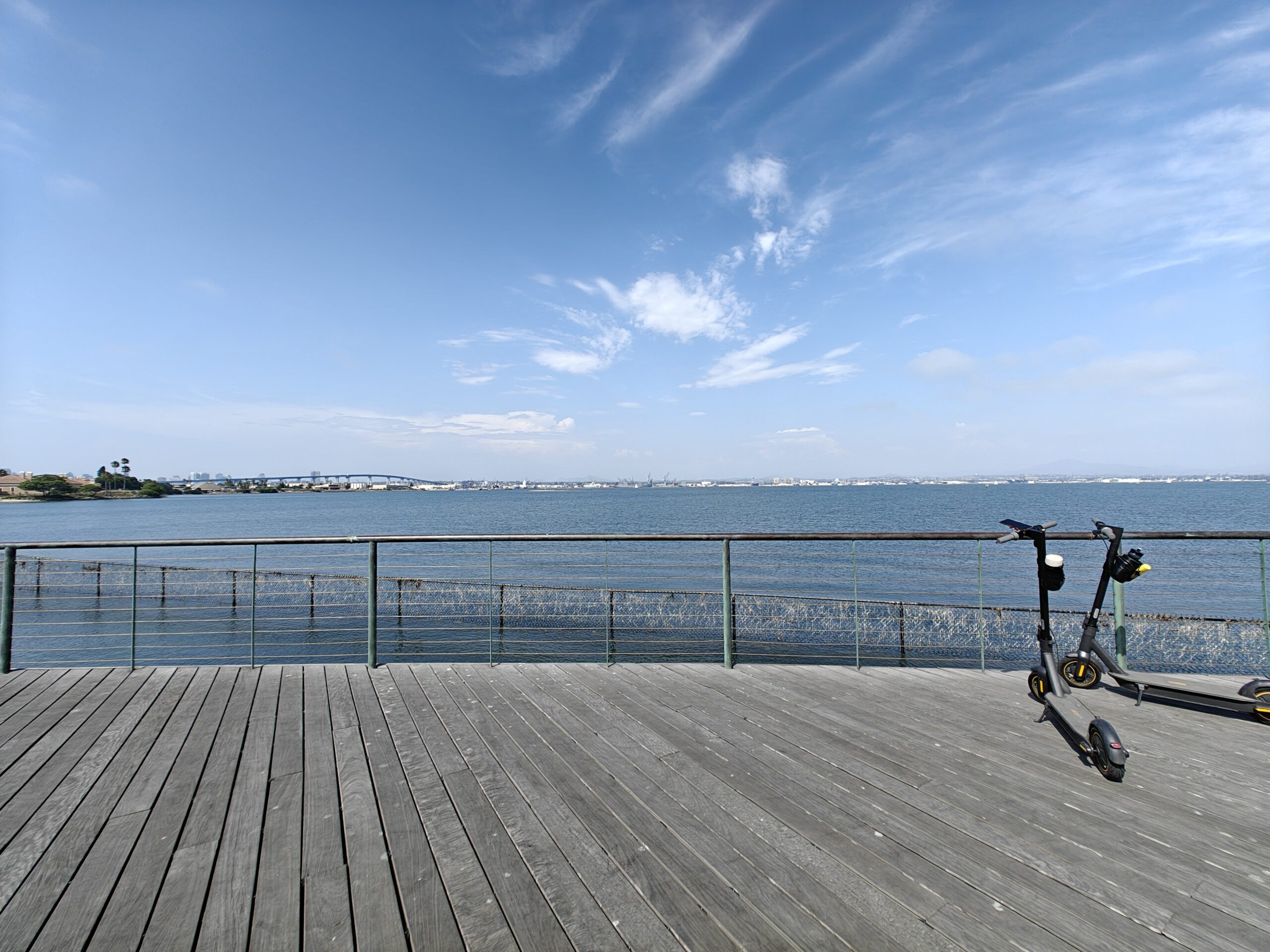So after over a year of owning my Segway G30P Max electric scooter, I’ve had the opportunity to ride them in various California cities, including Los Vegas. Being able to bypass traffic congestion, not worry about parking, and not spend hundreds on rideshare is simply the best. But the biggest concern about driving any bike or electric scooter is getting on the road. Although common sense can get you far, it’s important to know some things. Sidewalks, if they’re even available, are usually not ideal, as they can be rough (there’s always that one sidewalk that juts out and may cause you to dismount; yikes!) and be crowded with pedestrians or obstacles. It’s also technically not legal to ride on them in specific cities, but what cop has the time to enforce that?

Bike lanes (despite the name, bike lanes can always be utilized by “pedestrian vehicles”. This includes electric scooters) are the usual method of sharing the road with motor vehicles, as they give a reasonable berth to ride safely and smoothly. However, not all roads have dedicated bike lanes, and in certain areas, can be crowded by cars (such as cars unloading/loading at schools). Pedestrian vehicles can take to the road, having the same rights as a car on the road, but with less responsibility in some aspects (riders can always treat stop signs as a yield, and possess right of way like a pedestrian would). Nevertheless, it’s recommended to stay at the outside edge as much as possible, especially if you’re slower than traffic. In my experience, some drivers are ignorant and outright dangerous, so ignore those idiots but do everything to keep safe.

Don’t like how packed the street is with cars? You could safely take to the sidewalks and have courtesy for pedestrians, unless the city you’re in is actually known to enforce sidewalk rules. Pedestrians have right of way, so don’t crash into them! (duh). Safety devices such as helmets are obviously recommended (I myself don’t wear one), and a lighting system is crucial (headlights and taillights) to make yourself (and surroundings) visible. A reflective vest can do wonders too. Finally, do your best to plan out a route. Do some research for the city you’re in or take a look at satellite images to see what streets are suitable for you, as spacious lanes, bike lanes, sidewalks, or find dedicated bike paths can be easy to spot. Residential streets also work well if there are any to use.

For more information, check out the DMV’s handbook and CalBike’s Bicycle Laws. However much you can “bend” these laws depends on your personal comfort, where you are, and how safe (or dangerous) of a driver you are.
